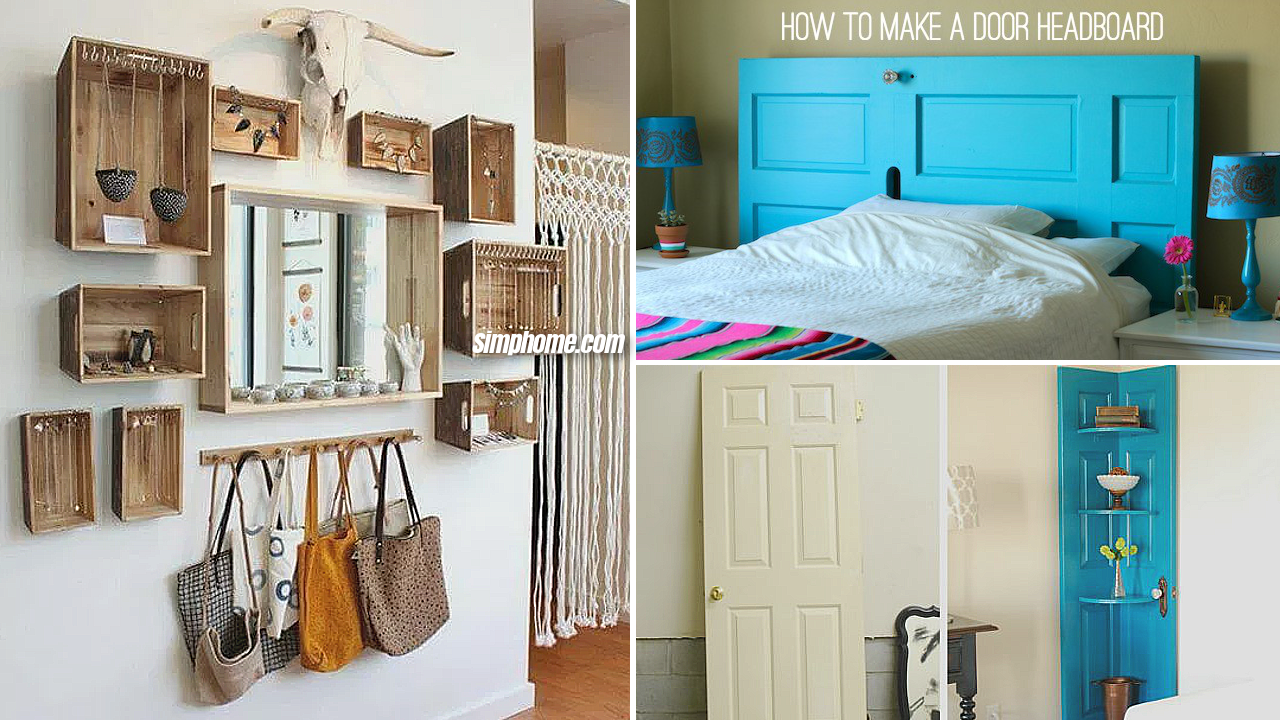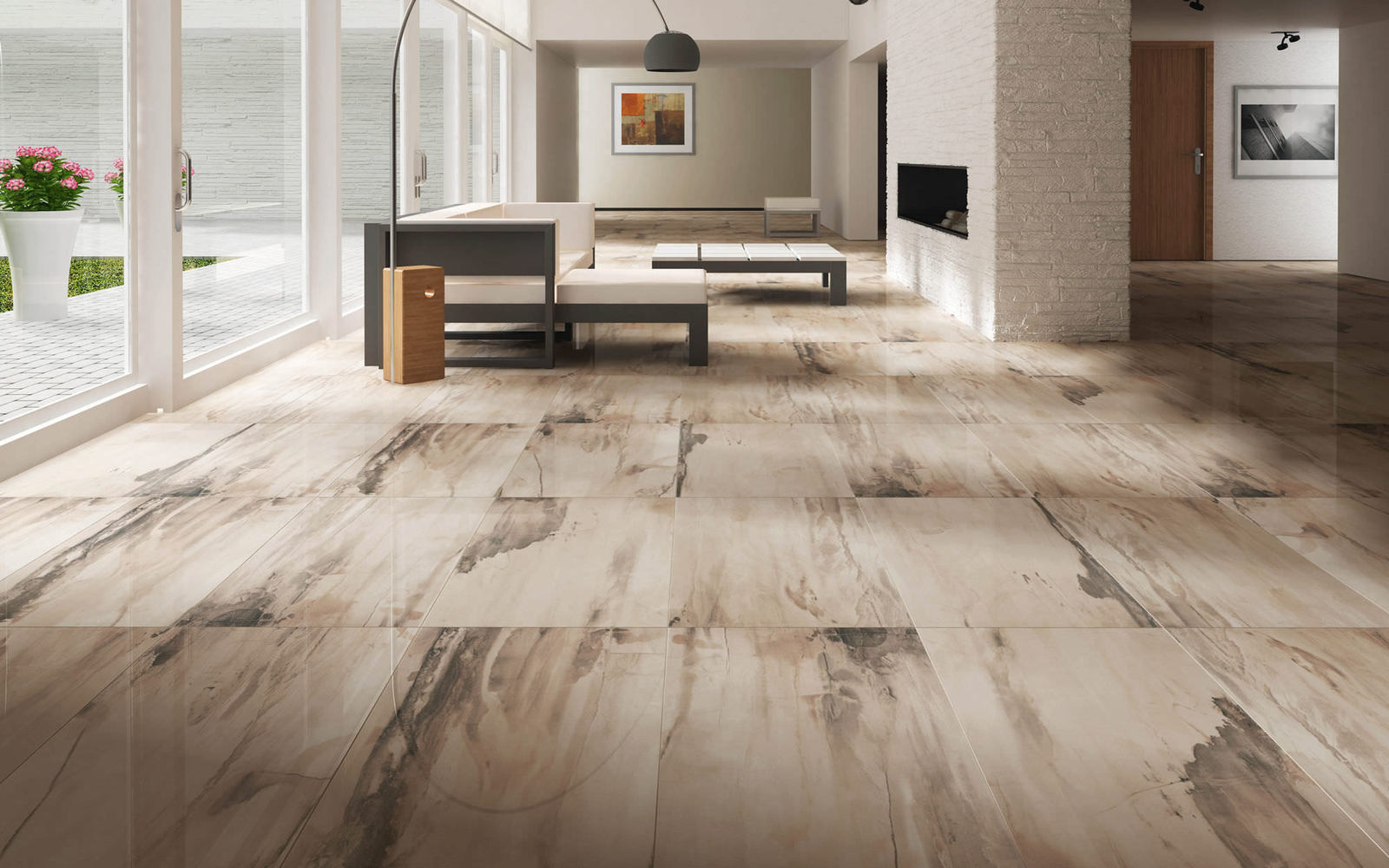Passive solar house designs are becoming more and more popular in warmer climates due to its many energy-saving benefits. These types of homes can be designed with windows and openings that allow for maximum sunlight and ventilation during the day. By using passive solar techniques and designs, homeowners are able to reduce their energy costs, and enjoy a comfortable home environment year-round. This article will provide an overview of passive solar house designs for warmer climates and how they can benefit homeowners.Passive Solar House Designs for Warmer Climates
When it comes to home design, there are several key principles for incorporating passive solar techniques. The most important elements include optimal orientation, suitable surface treatment, sufficient insulation, proper airtightness, and the use of features like window shading, green roofing, and energy-efficient appliances. These principles can guide a homeowner in selecting the best passive solar house design for their climate. Passive Solar Design Principles for Homes
When selecting a passive solar house plan, there are several tips and considerations to keep in mind. Aspects such as window placement, roof design, and insulation should be taken into account when designing a home for optimal performance. Additionally, the size and layout of the home should be considered to maximize the potential solar gain. Homeowners should also remember that the design should be flexible and adaptable to changing weather conditions, seasons, and family size and needs.Passive Solar House Plan Tips and Advice
When planning for the construction of a passive solar home, there are several key factors to keep in mind. These include the size and location of windows to maximize solar gain, the type of building materials for insulation and airtightness, and the use of features like solar water heating and photovoltaics for energy generation. It is also important to consider how the home will be heated and cooled, such as with a mini-split HVAC system or a solar heating system.Passive Solar Home Building: Factors to Consider
The benefits of passive solar house designs are numerous. By utilizing optimal orientation, using features like shading and green roofs, and utilizing the right materials, homeowners can significantly reduce energy bills while creating a comfortable and inviting home environment. In addition, these designs are also beneficial for the environment, as they help to reduce emissions and conserve energy.The Benefits of Passive Solar Houses
Passive solar house design can help homeowners create an energy-efficient, comfortable living space. With careful design and planning, homeowners can take full advantage of the sun's energy while also reducing their energy consumption. By incorporating features like proper insulation, window placement, airtightness, and energy-efficient appliances, homeowners can create an energy-efficient home that is both aesthetically pleasing and cost-effective.Passive Solar House Design for Energy-Efficient Living
Passive solar design principles center around the principal components of proper orientation, suitable surface treatment, sufficient insulation, and the use of features such as window shading, green roofing, and energy-efficient appliances. By incorporating these elements, homeowners can create a home that is energy-efficient while providing the desired indoor climate. Additionally, these elements can create a home with enhanced livability, aesthetics, and value.Passive Solar Design Basics
The use of passive solar techniques can help improve a home's energy efficiency and comfort. By strategically placing windows and other openings, homeowners can maximize the potential of the sun's energy for heating and cooling. Additionally, the use of features like shading and green roofing can further reduce the home's energy demands. Finally, the type of building materials selected will also affect the home's energy efficiency and performance.Passive Solar Heating and Cooling Techniques
When designing for passive solar heating and cooling, there are several considerations that must be taken into account. Homeowners must consider the size and location of windows and other openings to maximize the potential solar gain. Additionally, the use of features like green roofing or window covering can help reduce temperature variations in the home. Finally, the type of building materials should also be considered, as this can significantly affect the home's energy efficiency and performance.How to Design for Passive Solar Heating and Cooling
In order for a passive solar home design to be as effective as possible, it is important to select the right materials and building systems. The type of insulation, airtightness, and window placement should be determined based on the climate and home size. Additionally, the use of energy-efficient appliances, photovoltaics for energy generation, and solar hot water systems should also be considered when selecting the best materials for a passive solar house design.Using the Right Materials in Passive Solar Design
Advantages of Passive Solar House Design
 Building a home with Passive Solar House Design offers a number of great advantages, some of which include improved energy efficiency, increased comfort, and potential reductions in energy bills. Passive Solar heats and cools homes efficiently by capturing the sun's energy and using it to help regulate indoor temperatures. The use of natural elements, such as a south-facing window, to capture and store the sun's energy in the form of thermal mass is how Passive Solar works.
Building a home with Passive Solar House Design offers a number of great advantages, some of which include improved energy efficiency, increased comfort, and potential reductions in energy bills. Passive Solar heats and cools homes efficiently by capturing the sun's energy and using it to help regulate indoor temperatures. The use of natural elements, such as a south-facing window, to capture and store the sun's energy in the form of thermal mass is how Passive Solar works.
Thermal Mass for Passive Solar House Design
 Thermal mass, such as large concrete blocks, brick, stone, and other heavy materials, are often used in Passive Solar House Design. These materials absorb the sun's energy, store it, and then radiate it slowly over time, helping to regulate indoor temperatures. A home's thermal mass also helps reduce energy bills by releasing heat during cold winter days and absorbing heat before it enters the home during hot summer days.
Thermal mass, such as large concrete blocks, brick, stone, and other heavy materials, are often used in Passive Solar House Design. These materials absorb the sun's energy, store it, and then radiate it slowly over time, helping to regulate indoor temperatures. A home's thermal mass also helps reduce energy bills by releasing heat during cold winter days and absorbing heat before it enters the home during hot summer days.
Increased Comfort with Passive Solar House Design
 Because Passive Solar helps regulate indoor temperatures, homeowners can enjoy increased comfort. With Passive Solar, there are fewer fluctuations in temperature, creating a more consistent environment in and around the house. This can help reduce drafts and help keep the home more comfortable year-round.
Because Passive Solar helps regulate indoor temperatures, homeowners can enjoy increased comfort. With Passive Solar, there are fewer fluctuations in temperature, creating a more consistent environment in and around the house. This can help reduce drafts and help keep the home more comfortable year-round.
Cost-Effective with Passive Solar House Design
 Using Passive Solar to heat and cool a home can also be cost-effective. Since it uses natural elements to generate and store energy, the need for fossil fuels is reduced, resulting in a smaller energy bill. Additionally, energy-efficient windows and doors can help reduce air leakage and improve overall efficiency.
Using Passive Solar to heat and cool a home can also be cost-effective. Since it uses natural elements to generate and store energy, the need for fossil fuels is reduced, resulting in a smaller energy bill. Additionally, energy-efficient windows and doors can help reduce air leakage and improve overall efficiency.
Passive Solar in New Construction
 Many homeowners are now opting for Passive Solar for new construction. Passive Solar houses are well-insulated and include energy-efficient windows, doors, and appliances. Designers and architects are also making sure that these homes take advantage of the sun's energy through proper orientation and shading. By incorporating Passive Solar design elements into the planning phase, homeowners can have the benefit of increased energy efficiency and comfort for years to come.
Many homeowners are now opting for Passive Solar for new construction. Passive Solar houses are well-insulated and include energy-efficient windows, doors, and appliances. Designers and architects are also making sure that these homes take advantage of the sun's energy through proper orientation and shading. By incorporating Passive Solar design elements into the planning phase, homeowners can have the benefit of increased energy efficiency and comfort for years to come.











































































